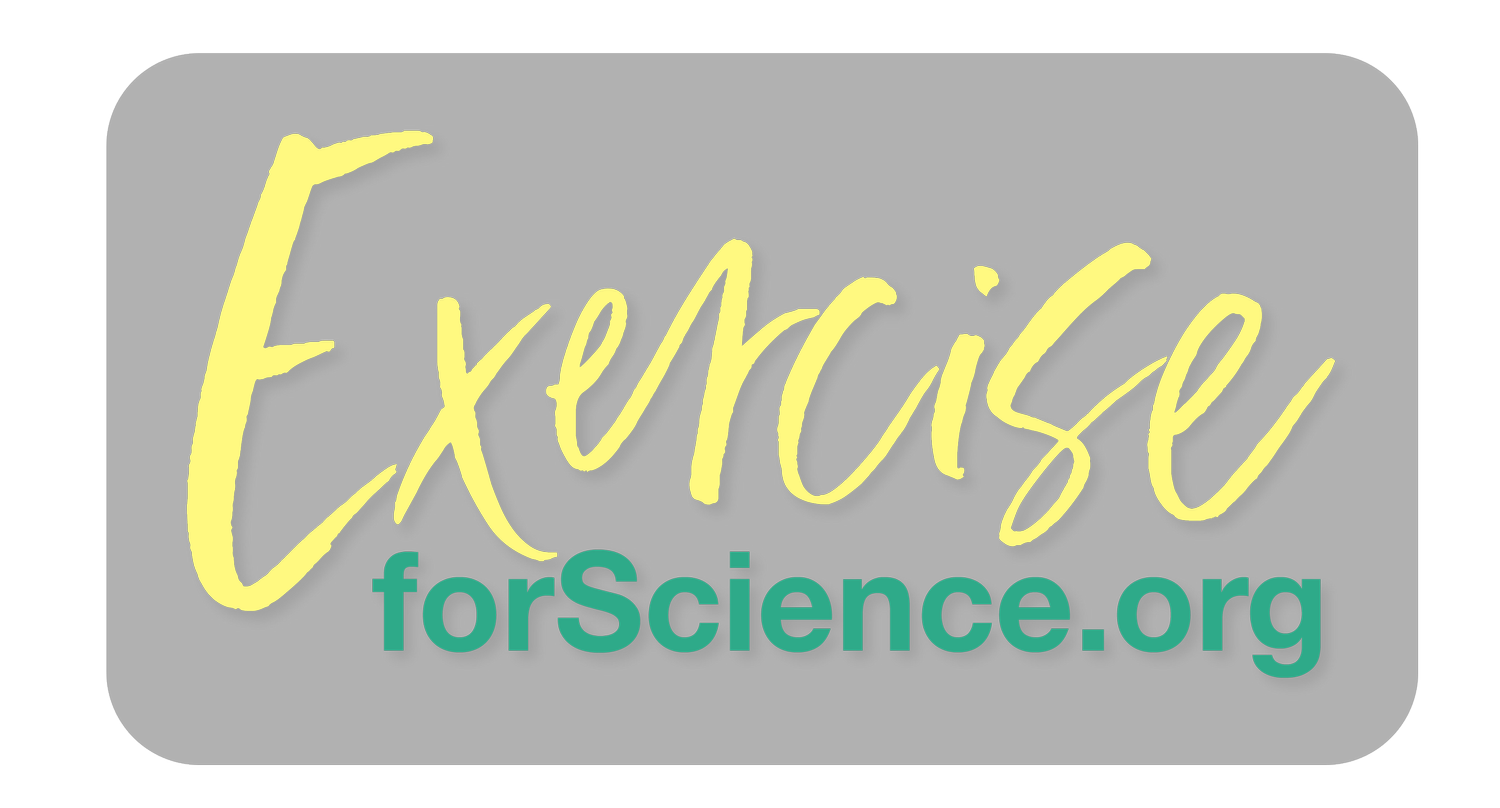One book that every runner should read
Christopher McDougall’s Born to Run is a must-read book that’s had no small influence on the Running for Science team. Inspiring thousands of runners all over the world, the book contains many fascinating insights.
We run when we are scared, we run when we are ecstatic, we run away from our problems and run around for a good time. When things look worst, we run the most.
“Three times, America has seen distance-running skyrocket, and it’s always in the midst of a national crisis. The first boom came during the Great Depression, when more than 200 runners set the trend by racing forty miles a day across the country in the Great American Footrace. Running then went dormant, only to catch fire again in the early ‘70s, when we were struggling to recover from Vietnam, the Cold War, race riots, a criminal president and the murders of three beloved leaders.
“And the third distance boom? One year after the September 11 attacks, trail-running suddenly became the fastest-growing outdoor sport in the country.”
The anatomy of running
McDougall’s unique and inspiring book explores how and why humans run. Part research study, part memoir, part adventure story, it’s a fascinating look at the modern experience of running and how ancient tribes such as the Tarahumara can run regular ultramarathons with minimal impact to their bodies.
It explores the biological heritage of running and why it’s such an important leisure activity for us today. Harking back to our origins as hunters, the book explains how distance running gave humans the advantage over prey that typically relies on quick sprints to escape danger.
One of our favourite quotes in the book comes from Roger Bannister:
“Every morning in Africa, a gazelle wakes up. It knows it must outrun the fastest lion or it will be killed. Every morning in Africa, a lion wakes up. It knows it must run faster than the slowest gazelle, or it will starve.
“It doesn’t matter whether you’re the lion or the gazelle – when the sun comes up, you’d better be running.”
Is barefoot running the answer to injuries?
Another fascinating topic in the book is whether the modern running shoe is actually causing damage to our bodies. The Tarahumara run in a simple sandal, for example, and anyone who has tried running barefoot quickly realises that you’re forced to run in a completely different way.
While cushioned trainers allow the foot to strike the ground heel first, running barefoot or in thin rubber soles, you must bounce on the ball of the foot.
As Christopher McDougall observes, “Antelope don’t get shin splints. Wolves don’t ice-pack their knees.”
While our research suggests that modern running actually improves the health of our joints - could there be even more to gain in changing our footwear too?
We’d love to hear your thoughts and experiences in the comments below.

